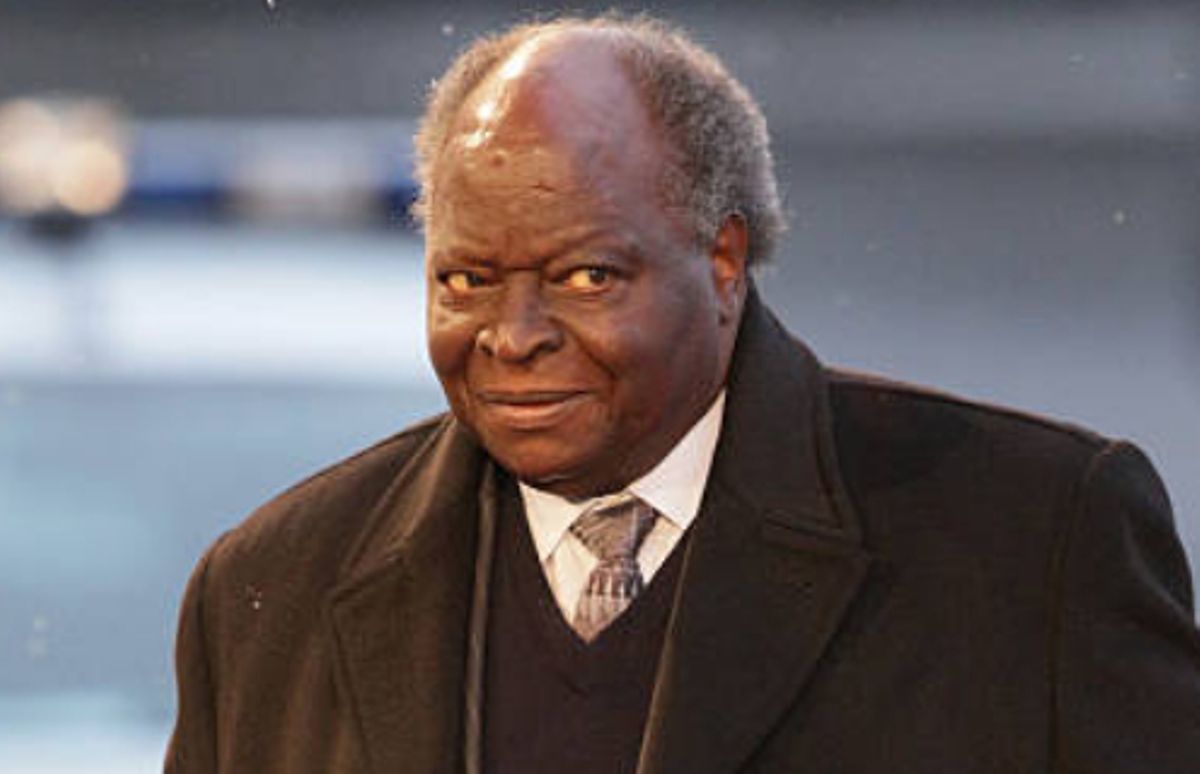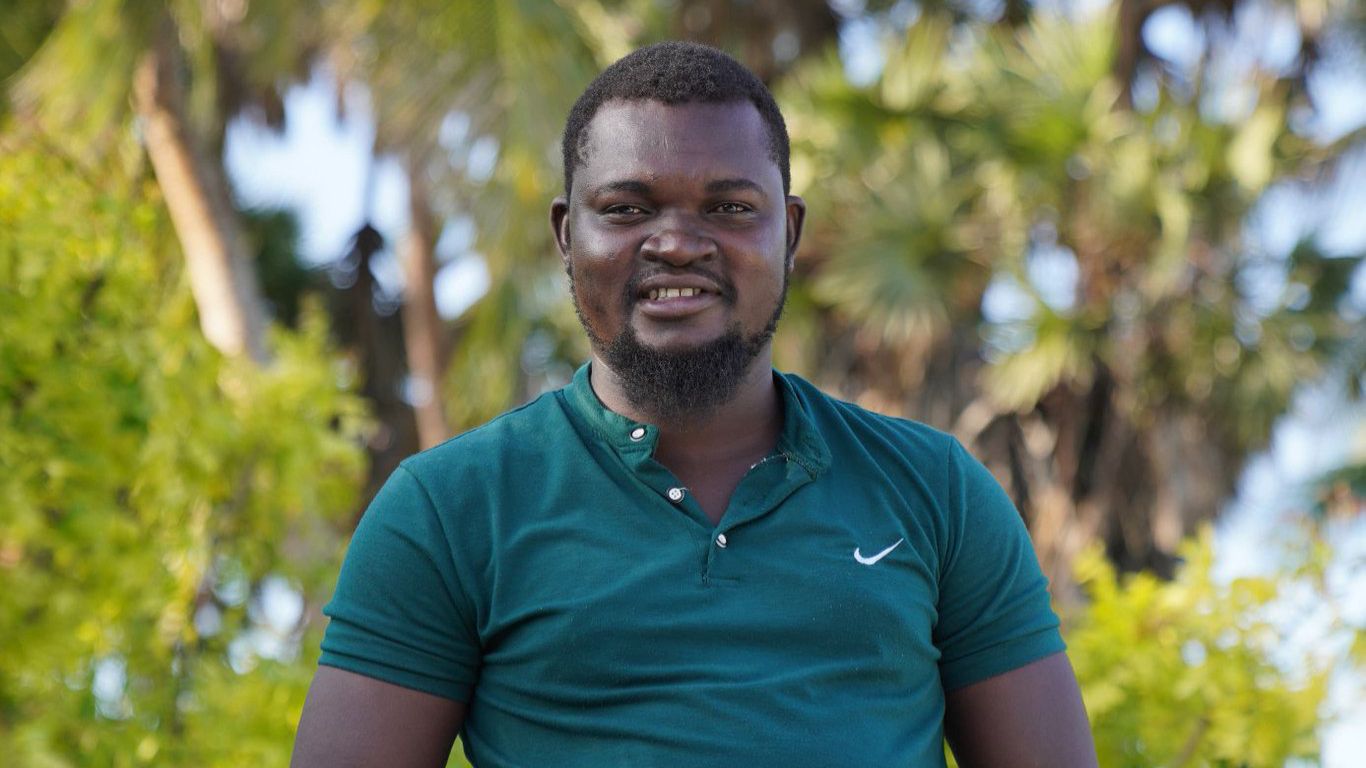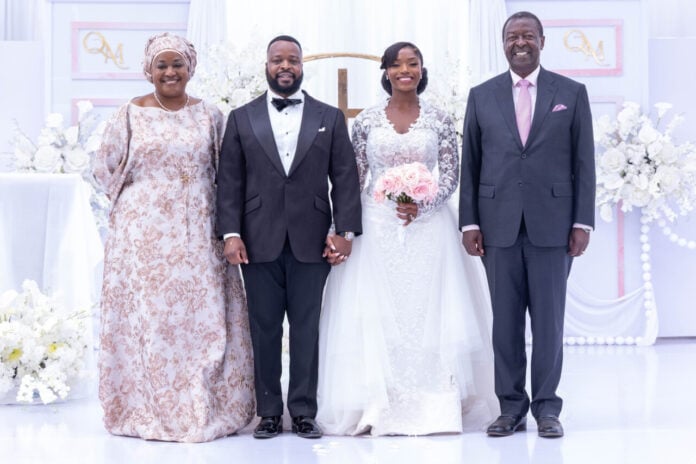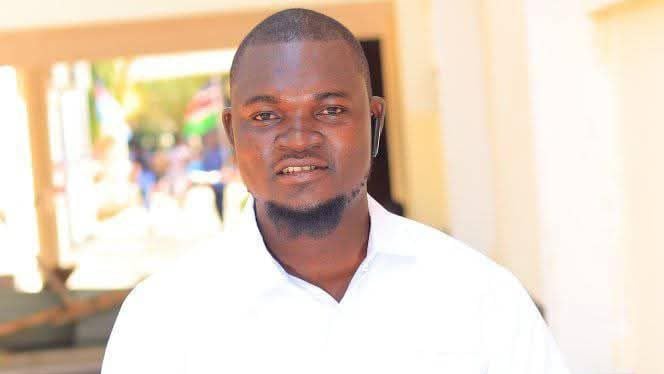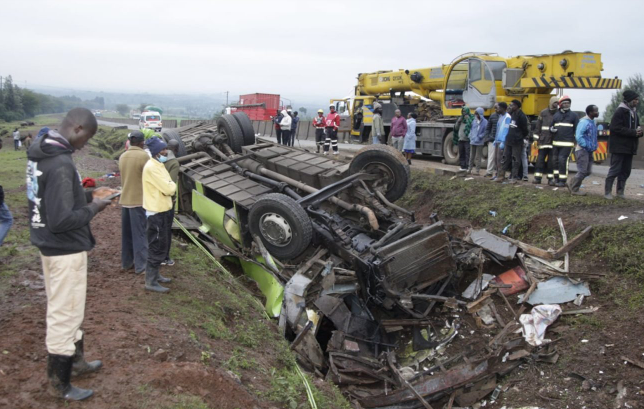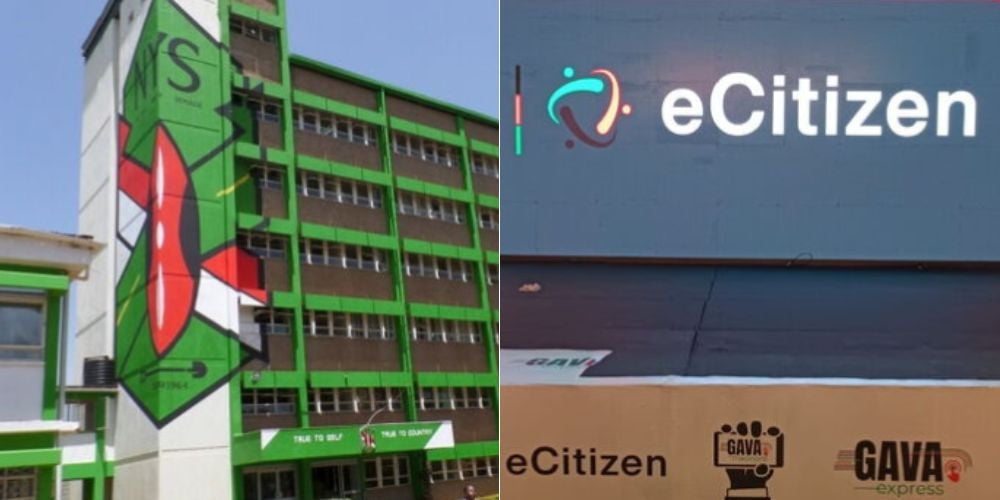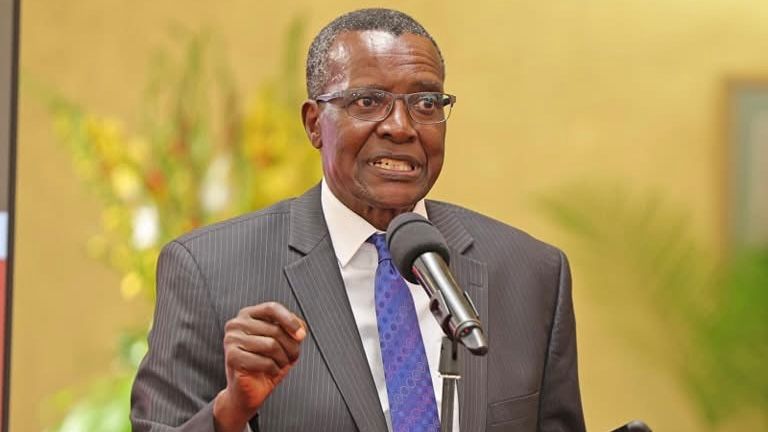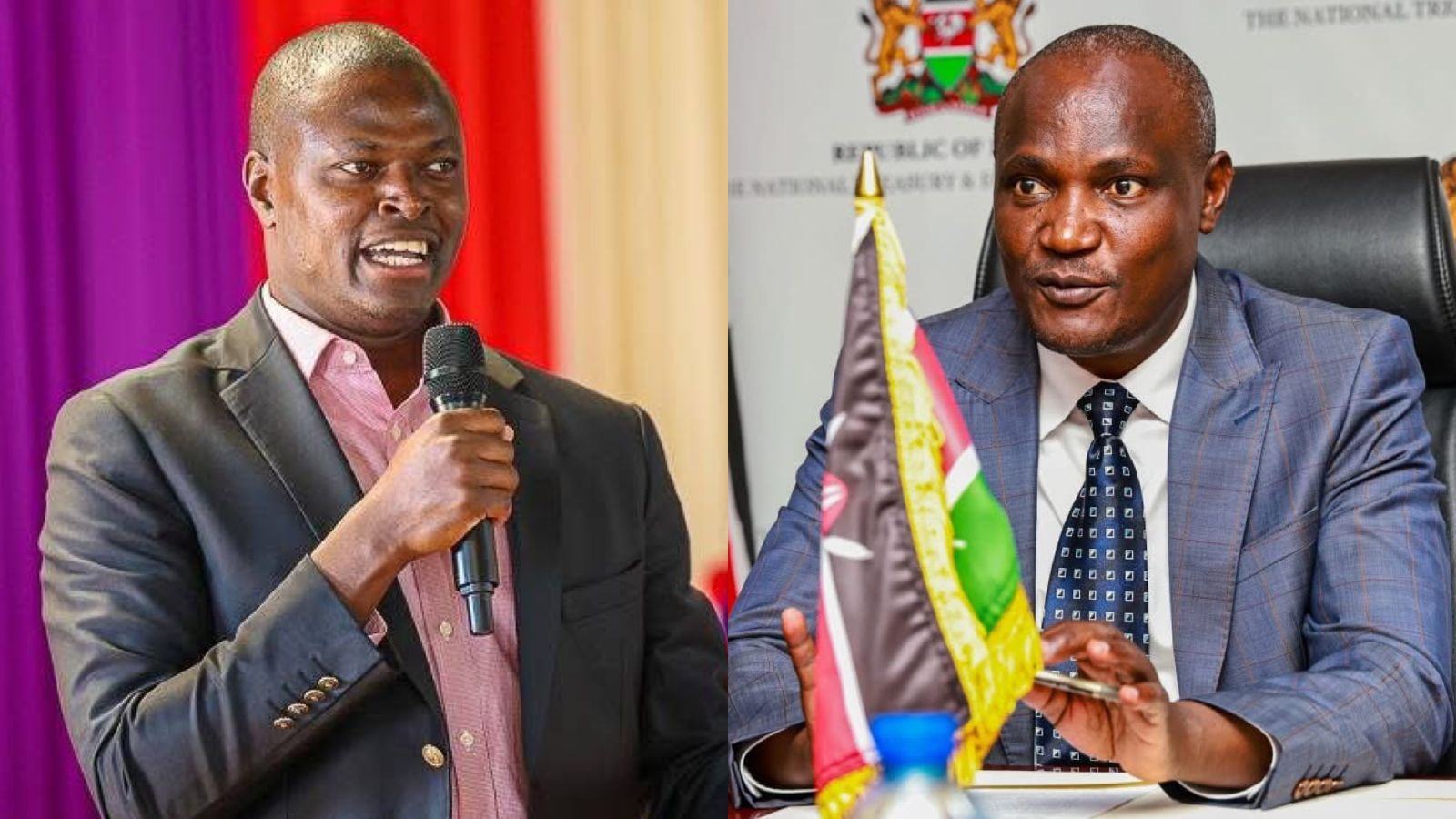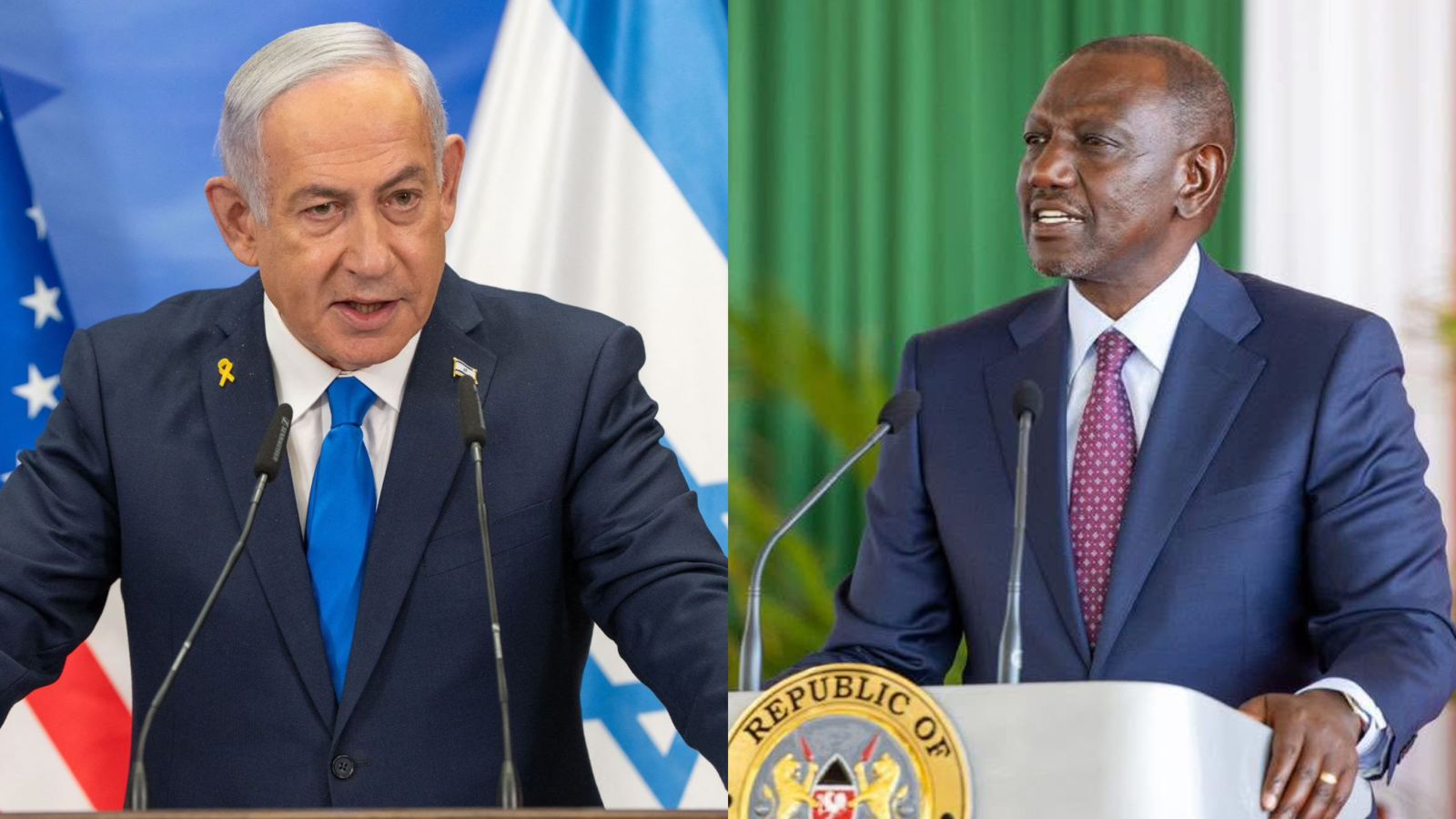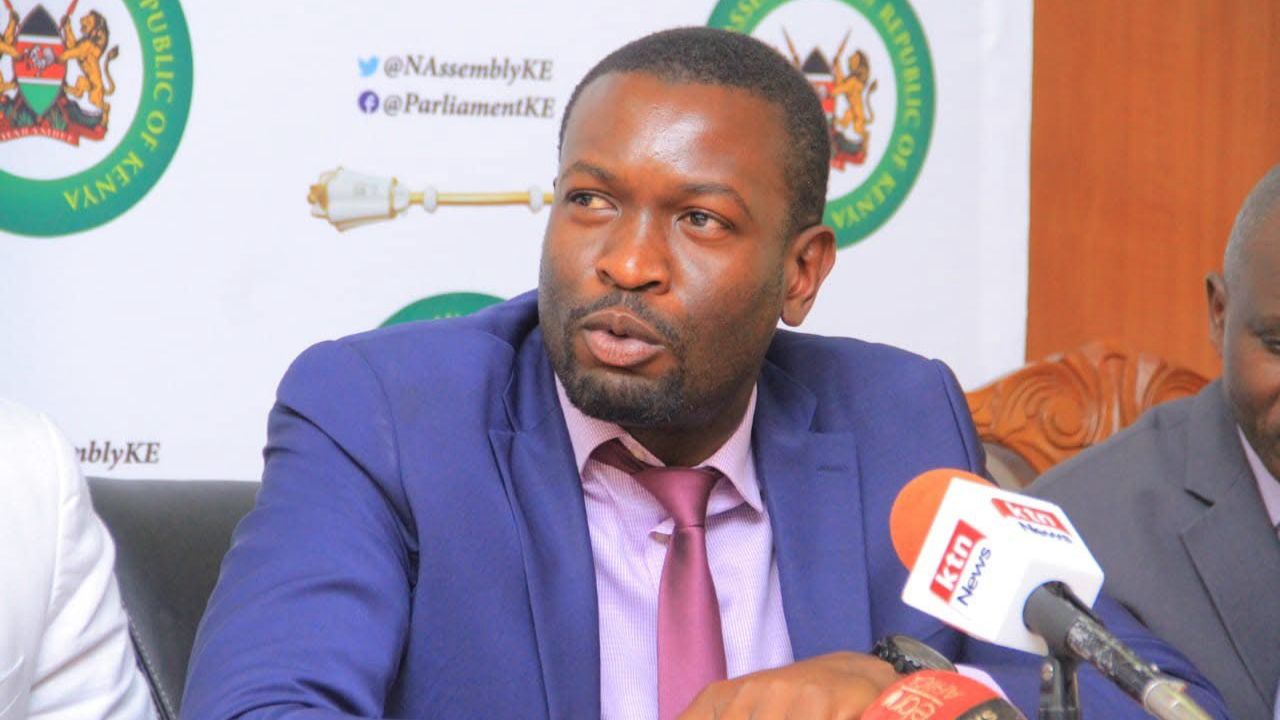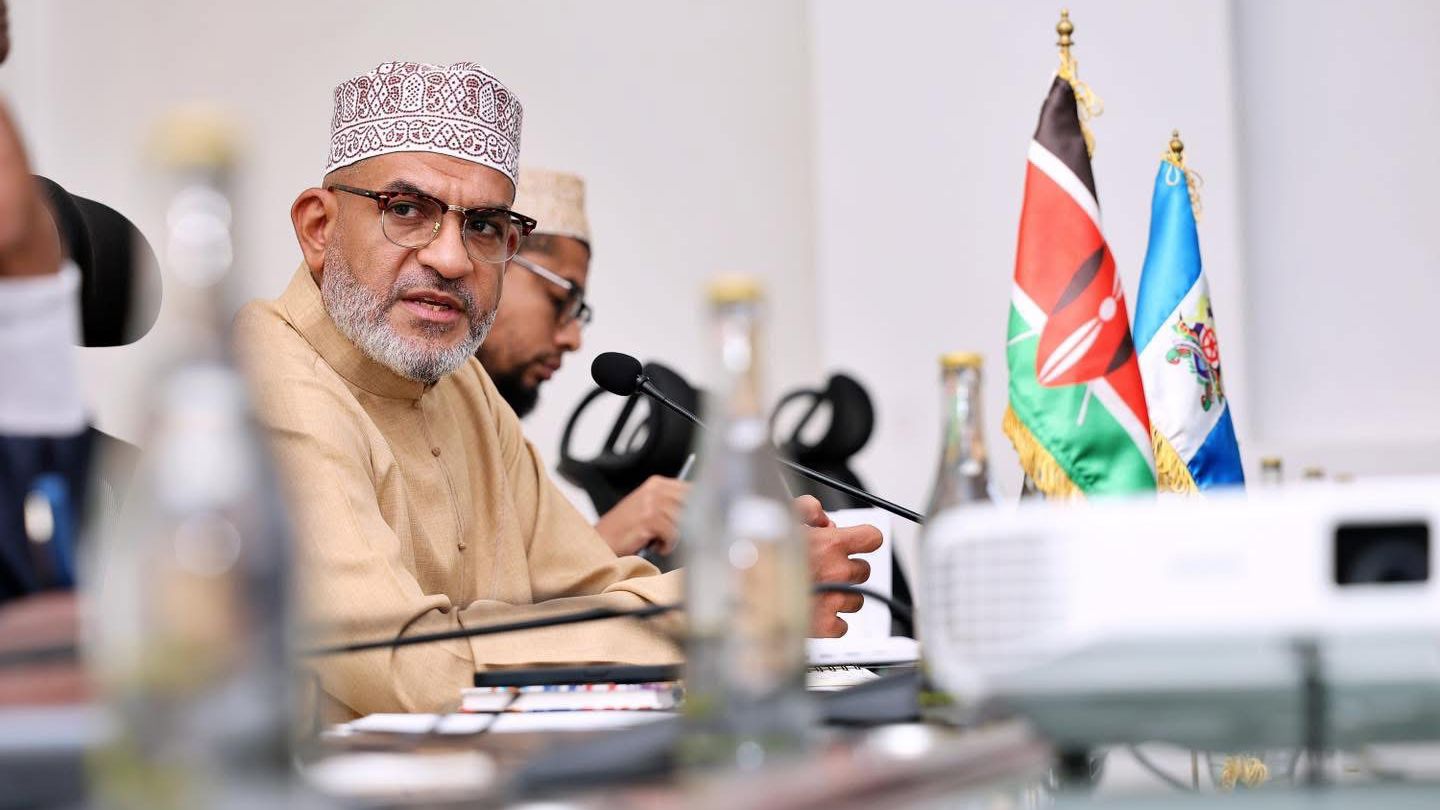President Uhuru Kenyatta on Friday, April 22 announced the death of Kenya’s third President Emilio Mwai Kibaki.
For a man known to many as one who introduced free primary education during his regime, the former president came a long way to clinch the country’s top seat.
Born in a small village in Othaya in 1931, the departed former President spent most of his childhood as a babysitter and goat herder.
Mwai Kibaki was the youngest of eight children of peasant farmers, Kibaki Githinji and Teresia Wanjiku. They lived in a village called Gatuyaini in Nyeri County.
He showed remarkable intelligence and aptitude for learning during his primary school years and was sent to attend Man'gu High School, one of Kenya's best high schools between 1947 and 1950.
Read More
Early school life
Paul Mureithi, his brother-in-law was behind Kibaki’s admission to the school.
The former Head of State started his primary education at Gatuyaini Primary School in 1939 before joining Mang’u High School in 1947.
Being a bright student, he passed with a maximum of six points in his "O" level examination by passing six subjects with Grade 1 Distinction.
University
Kibaki was then called to enrol at Makerere University in Kampala, Uganda to pursue Economics, History, and Political Science.
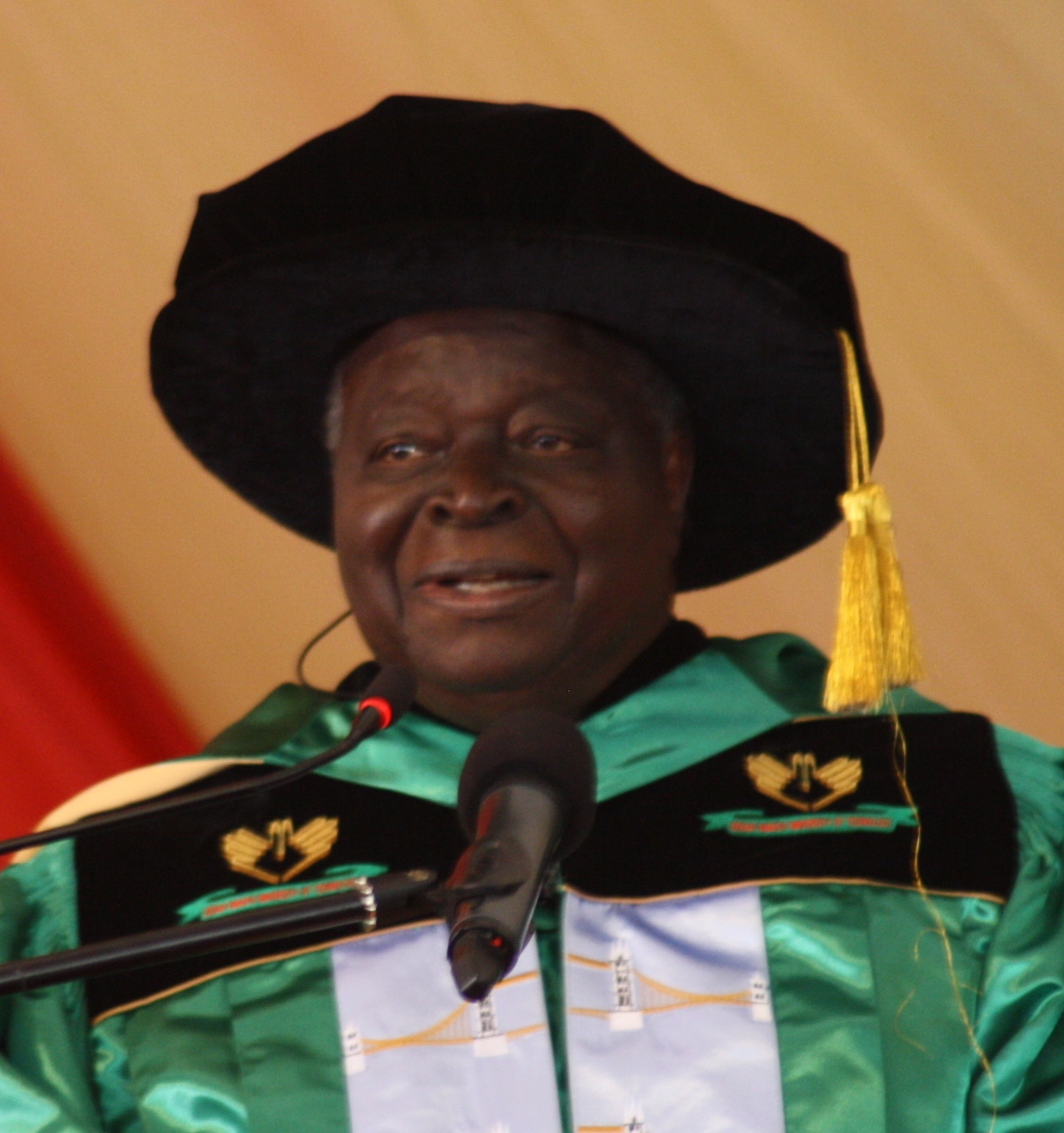
Upon his graduation in 1955, he emerged as the best in his class with a First Class Honours Degree in Economics.
He later earned a scholarship permitting him to pursue postgraduate studies at any British university of his choice.
Kibaki then joined the London School of Economics before graduating with a First Class Honors degree.
He then returned to Makerere where he was appointed an Assistant lecturer in the economics department.
Entry to politics
Kibaki taught in Makerere until 1961. In the same year, he married Lucy Kibaki. In the early ’60s, he joined KANU as an executive officer. He aided in the drafting of Kenya’s constitution.
Kibaki was elected the MP for Donholm Constituency in Nairobi, now Makadara, in 1963. This was a kickstart to his successful political journey.
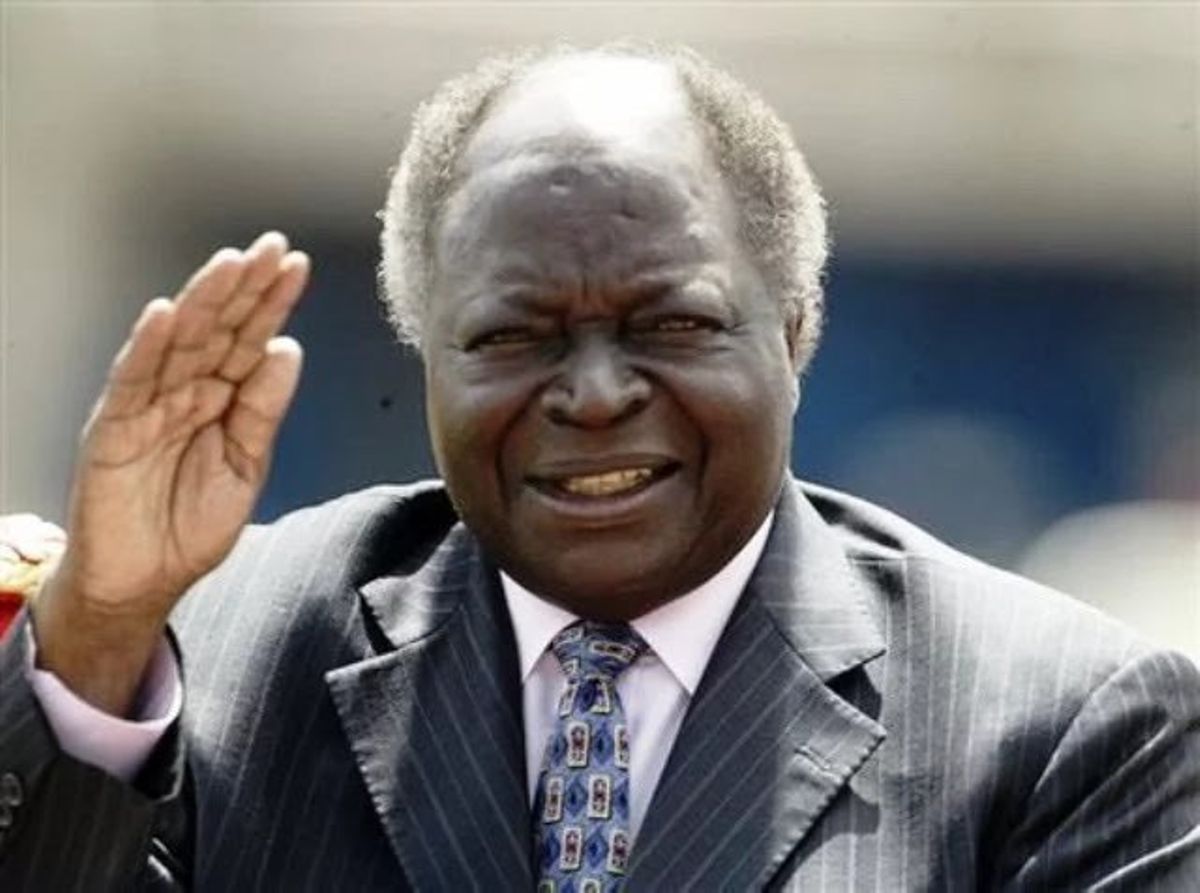
In the same year, he was appointed the Permanent Secretary for the Treasury and later the assistant Minister for Finance. Kibaki was appointed the Finance Minister in 1969.
He then moved his political base from Nairobi to his rural Othaya home where he was elected MP and later re-elected for a number of terms.
Vice President
After late retired President Daniel Moi assumed power in 1978, Kibaki was appointed the vice president.
However, he fell out with Moi in 1988 and was dropped from the vice presidency to the Ministry of Health.
Kibaki resigned from the KANU government in 1991 and later founded the Democratic Party (DP). He later joined the presidential race in the 1992 general elections but lost to Moi’s KANU.
He again made a stab at the presidency in 1997 where he again lost to Moi and became second. The DP party became the official opposition party with Kibaki being its leader.
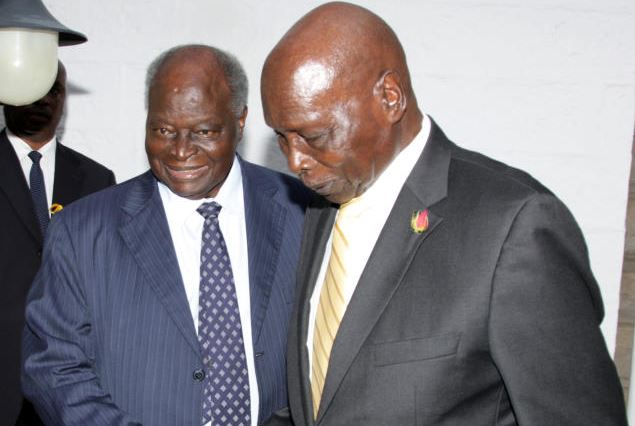
Becoming President
In the preparations for the 2002 general polls, the DP party affiliated with other parties formed the National Alliance Rainbow Coalition (NARC).
Kibaki’s NARC coalition won the polls by a landslide on December 3, 2022, getting 62 per cent of the votes.
On 30th December 2002, Mwai Kibaki was sworn in as the Third President of the Republic of Kenya.
He was later re-elected in the contentious 2007 polls and later served as President till April 9, 2013. He will be remembered for spearheading the globally lauded Free Primary Education.
The late former President's administration conceptualized and spearheaded a transformation in critical sectors such as Education through the globally lauded Free Primary Education Programme, Infrastructure Developments in Transport and Energy, and increasing the availability and access to Healthcare for his fellow Kenyans.
